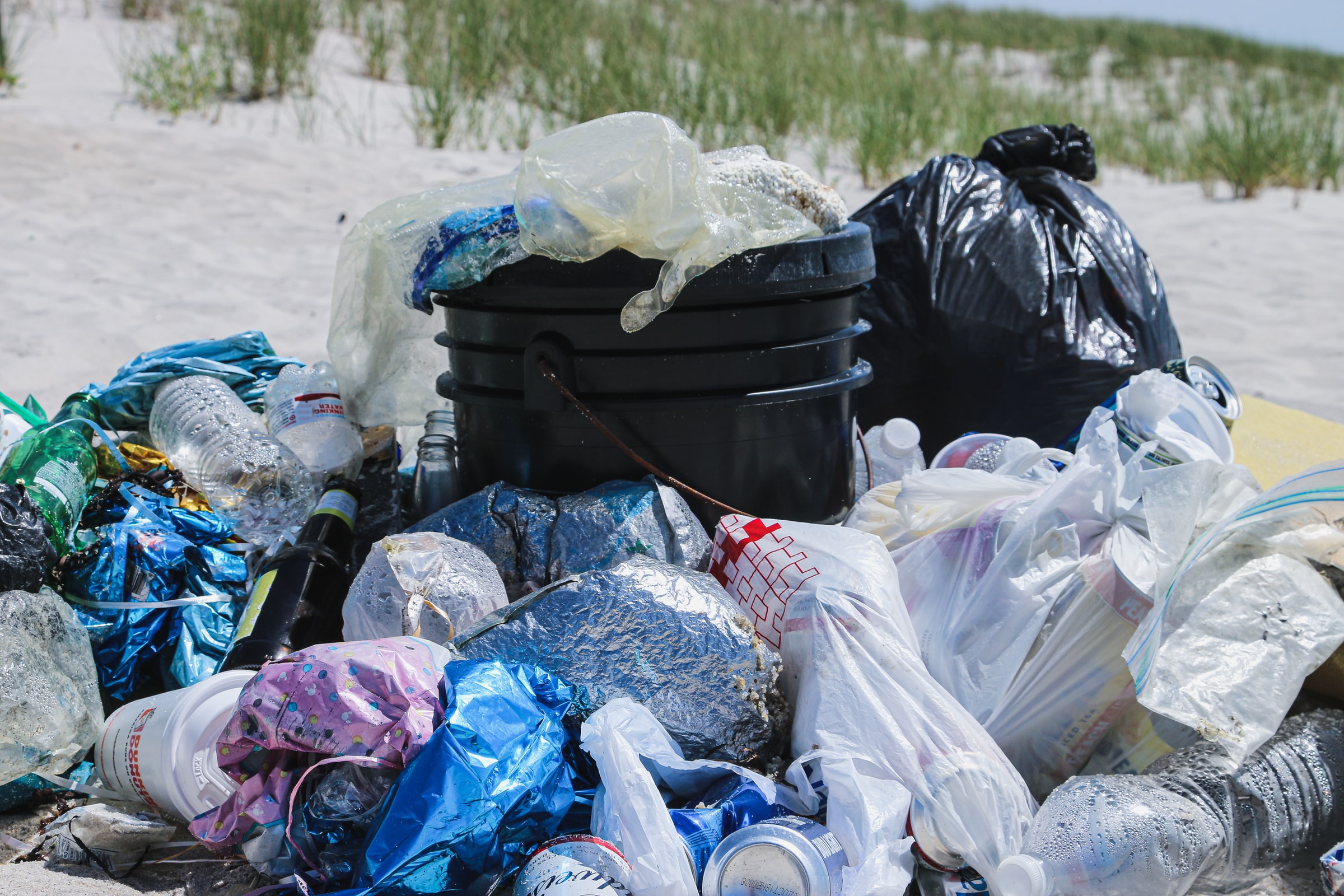How Biomedical Waste Impact the Environment
2/21/2021

Biomedical waste is waste generated from health care facilities during treatment of diseases, diagnostic processes or immunization of both humans and animals. These wastes may be contaminated with infectious material that could potentially put the environment at risk.
Improper disposal and segregation of biomedical waste is not only dangerous to the human health but to the environment as well.
Types of Biomedical Waste
Types of biomedical wastes include:
• Sharps
• Pathological waste
• Blood products
• Infectious waste
• Trace chemotherapy waste
• Carcasses
What are the Environmental Hazards of Biomedical Waste?
1. Contaminates Water Sources
Biomedical waste needs to be segregated and properly disposed so that it doesn’t come into contact with people and the environment. However, improper disposal can result to the waste contaminating water sources. In the long-run, this will affect animals, and humans.
2. Air Pollution
When not properly disposed through off-site or on-site incineration, biomedical waste can produce radioactive particles, which can contaminate the air. These dangerous airborne particles can reach a wide area of the environment and this can lead to illnesses.
3. Sharps Injury
According to the United States Environmental Protection Agency (EPA), waste workers have a potentially high risk of getting infected from medical waste than others. Waste workers are exposed to biomedical waste like needles and other loose sharps that have not been properly disposed. Used needles can easily transmit infections like hepatitis and human immunodeficiency virus (HIV).
Conclusion
It is vital for biomedical waste to be properly disposed to prevent its impact on the environment. Sustainable healthcare waste management system should be adopted to minimize environmental impacts and reduce sharps injury.
Improper disposal and segregation of biomedical waste is not only dangerous to the human health but to the environment as well.
Types of Biomedical Waste
Types of biomedical wastes include:
• Sharps
• Pathological waste
• Blood products
• Infectious waste
• Trace chemotherapy waste
• Carcasses
What are the Environmental Hazards of Biomedical Waste?
1. Contaminates Water Sources
Biomedical waste needs to be segregated and properly disposed so that it doesn’t come into contact with people and the environment. However, improper disposal can result to the waste contaminating water sources. In the long-run, this will affect animals, and humans.
2. Air Pollution
When not properly disposed through off-site or on-site incineration, biomedical waste can produce radioactive particles, which can contaminate the air. These dangerous airborne particles can reach a wide area of the environment and this can lead to illnesses.
3. Sharps Injury
According to the United States Environmental Protection Agency (EPA), waste workers have a potentially high risk of getting infected from medical waste than others. Waste workers are exposed to biomedical waste like needles and other loose sharps that have not been properly disposed. Used needles can easily transmit infections like hepatitis and human immunodeficiency virus (HIV).
Conclusion
It is vital for biomedical waste to be properly disposed to prevent its impact on the environment. Sustainable healthcare waste management system should be adopted to minimize environmental impacts and reduce sharps injury.
